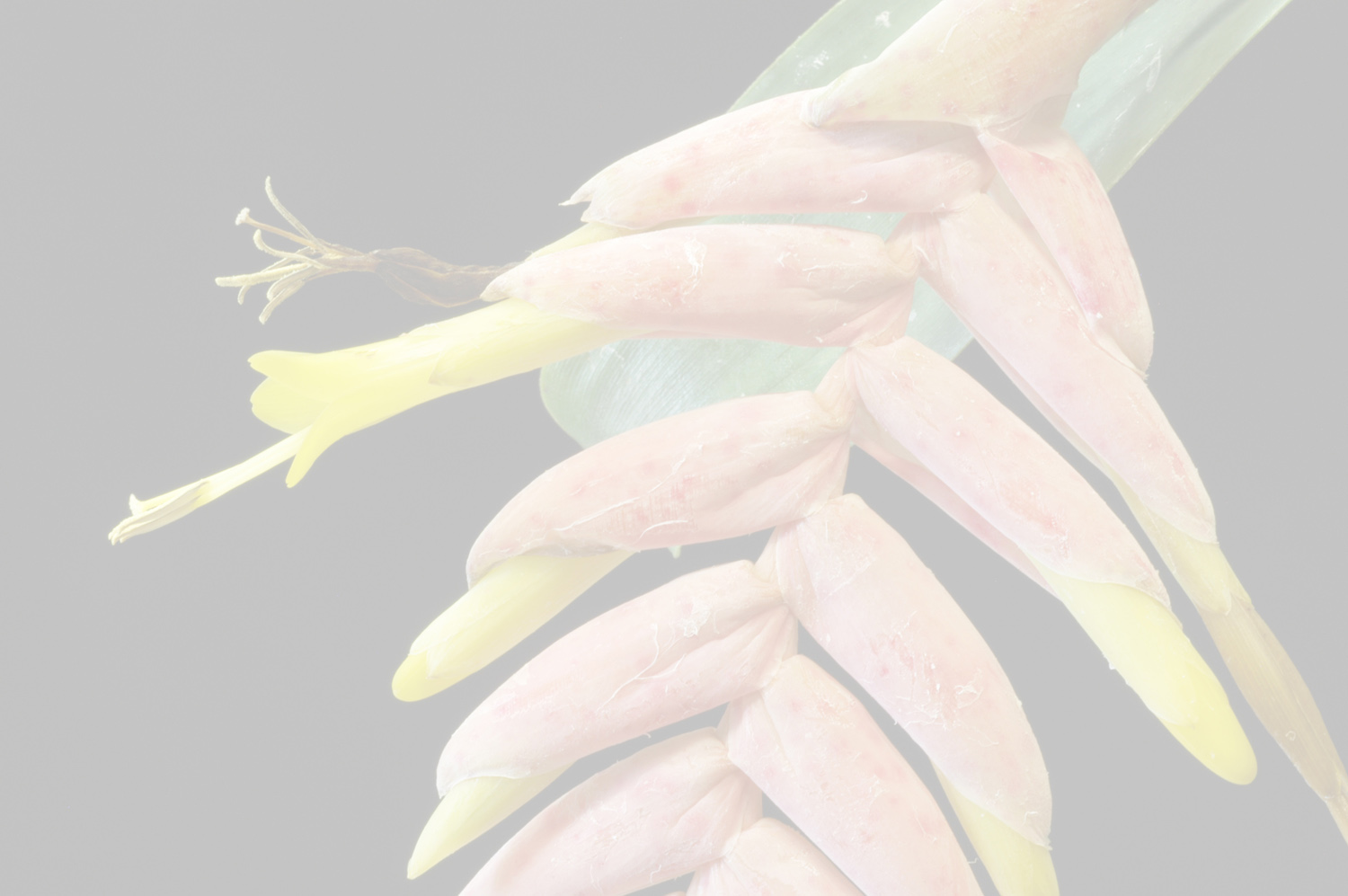Vriesea paraibica Wawra
Literature references:
*move your mouse pointer over the page numbers to see comment
Comments:
- J Brom Soc 36: 217-9. 1986 by Leme
Vriesea paraibica was originally described in 1883 by Heinrich Wawra, Ritter von Fernsee (1831-1887) from the type-plant he collected in the region of Juiz de Fora, State of Minas Gerais, about 200 kms from the area where we found the species. The name of this bromeliad must come from the Parafua do Sul river, an important water course in those parts. It seems to be very scarce both in cultivation and in herbaria. Among other few supplementary known collections of V. paraibica, the one undertaken by Auguste de Sainte-Hilaire around 1817 must be pointed out. According to a report from his work, Voyages dans I'interieur du Bresil, published in 1830, this keen observer of the customs of the society and nature of the land where he had been, left Villa do Principe on April 9, 1819. His next stop was the Guanhaes Farm, crossed by the creek of the same name. The seat of the farm was in a plain surrounded by hills covered with woods
Everything points to the fact that Wawra's specimens of Vriesea paraibica were collected near the farm. The vegetation must be similar to what we observed in Sao Jose do Rio Preto. Saint-Hilaire observed that, even at his time, the original vegetation of the land between Villa do Principe and Guanhaes Farm was practically destroyed and replaced by several agricultural activities and pasture lands.
The specimens we collected fit, in practically all characteristics, the original description of the species. The only discrepancy is that the color of the leaves was reddish. This fact is, however, unimportant and even can be explained by the more intense light to which they were exposed in their habitat. We also noticed that there was a certain variation in the length of the scape and inflorescence in the population itself. This fact was surely influenced by the health and vigor of each individual. On the other hand, the most important characteristics that that identify the species appear constantly, and this fact permits us to say that Vriesea paraibica is now well represented in cultivation and no longer in danger of disappearing. —See J. Bromeliad Soc.
- Geographic distribution and habitat: Vriesea paraibica occurs in forests on the slopes of the Serra do Mar, between 800 and 1000 m a.s.l., in the Serra dos Orgaos section between Tingua and Nova Friburgo, as well as in the Zona da Mata Mineira, in the region of Juiz de Fora (Fig. 7). It is an epiphyte in the interior of the forest. Only in the Cuaiba Valley population, between Petropolis and Teresopolis, are the individuals numerous and aggregated. This population is in a disturbed wooded area, with intense public visitation because of a waterfall and its proximity to the highway. In the populations of Tingua and Macae de Cima, the individuals occur more sparsely, forming small clumps some tens of metres apart. —See Bot. J. Linn. Soc.
- Geographic distribution and habitat: Vriesea paraibica occurs in forests on the slopes of the Serra do Mar, between 800 and 1000 m a.s.l., in the Serra dos Órgãos section between Tinguá and Nova Friburgo, as well as in the Zona da Mata Mineira, in the region of Juiz de Fora (Fig. 7). It is an epiphyte in the interior of the forest. Only in the Cuaibá Valley population, between Petrópolis and Teresópolis, are the individuals numerous and aggregated. This population is in a disturbed wooded area, with intense public visitation because of a waterfall and its proximity to the highway. In the populations of Tinguá and Macaé de Cima, the individuals occur more sparsely, forming small clumps some tens of metres apart. —See Costa et al. 2009

